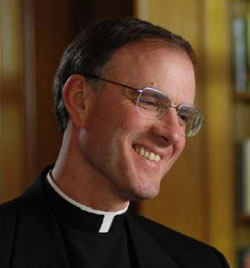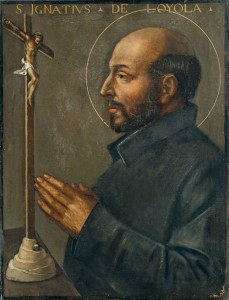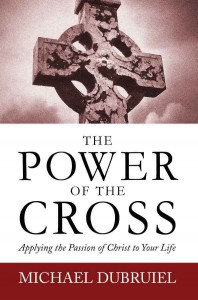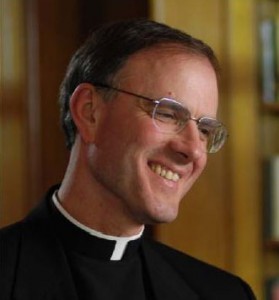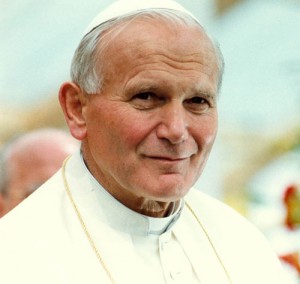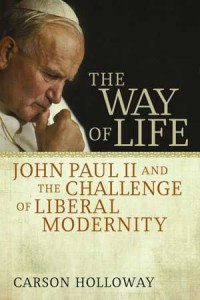Eucharistic Miracles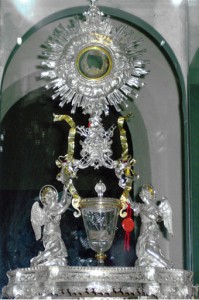
Podcast: Play in new window | Download (Duration: 1:08 — 1.0MB) | Embed
Subscribe: Apple Podcasts | Spotify | Amazon Music | Android | Pandora | iHeartRadio | JioSaavn | Podchaser | Gaana | Podcast Index | Email | TuneIn | Deezer | Anghami | RSS | More
For 2,000 years, Catholics have believed that the Holy Eucharist more than a mere symbolic reminder, but the actual Body and Blood of Christ. Of course, the Eucharist still looks and tastes like bread and wine, but a miraculous change takes place that our eyes cannot perceive.
Throughout history, however, God has sometimes worked Eucharistic Miracles, in which the Eucharist physically appears as flesh and blood.
One of the most famous such events occurred in the year 700 A.D. at Lanciano, Italy. During Mass one day, a monk who had been doubting his Faith was shocked as the bread and wine suddenly changed into flesh and blood before his very eyes. News of the miracle spread rapidly, and the miraculous flesh and blood have been preserved to this day in the church.
In the 1970s, this same flesh and blood were submitted to a rigorous scientific examination. The study determined that there they contained no preservatives; that the flesh was of human heart tissue; while the blood was human blood, type AB. It was also noted that the receptacle that contained them for centuries had not been hermetically sealed, meaning that they had been exposed to the elements and otherwise would have decayed or spoiled within days. The study concluded that there was no scientific possibility of fraud, confirming the belief of the faithful that Eucharistic Miracle at Lanciano was authentic.


